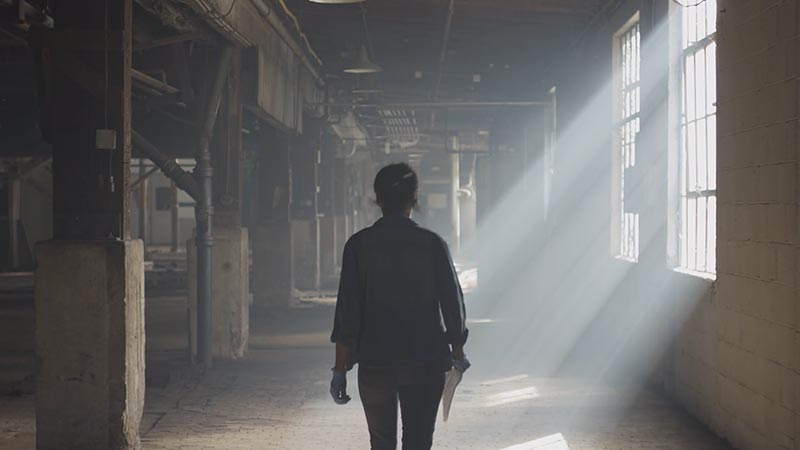Jim, a member of the Black Radical Movement, is assaulted by the police and is badly injured. He is sheltered in a warehouse by William, a wealthy college student and Marxist. The two idealists from opposite ends of society confront each other while a violent riot rages on outside.
Director’s Vision
1968 is the year that racial tensions reached their breaking point in the United States. Only fifty-two years ago, the Fair Housing Act was signed, signifying for many the end of the Civil Rights Movement and the African-American community’s efforts to effect change through government policy. From a legal standpoint, Blacks and Whites were considered equal. But the chaos and bloodshed of that year proved that Dr. King’s “dream” was still far from reality. 1968 marks the Orangeburg Massacre and the assassination of Martin Luther King Jr. The event of King’s death unleashed widespread brutality across the United States; a historical detail often forgotten when commemorating the great activist’s legacy. Riots broke out in over 100 cities throughout the country.
My team and I have strived to provide a glimpse into the inspirational lives of the people engaged in this era-defining moment of history. The relevance of these stories continues in the United States, with events such as Charlottesville, the Baltimore Riots, the Shooting of Philando Castile, the July 2016 Dallas shooting and other countless instances of police brutality. Currently, it has taken on even more relevance with the murder of George Floyd and the resulting wave of civil unrest that has swept the United States and the world. In the making of the film, it was essential that everyone involved believed in the film’s integrity. Open conversation and close collaboration with the actors on how to portray these characters was paramount for me as the director. Long before shooting, the actors and I worked through the scenes to discover which elements in the script felt real and which ones didn’t. This was so important to us that we altered the end of the film due to our actor’s input. Growing up in 21st century Canada was a very different experience than 1960’s America.
Differences of race, culture and class still hindered opportunities, but segregation of particular groups wasn’t enforced or practiced. On the playground, classroom or football field it was common to be in groups who all had different ethnic backgrounds. It was hard for me as a child to comprehend the racist ideologies that led to centuries of systematic violence and oppression. It is truly inspiring how the African-American community stood up to a hypocritical government that often took advantage of them; a “free” country that was anything but. With 1968, my team and I want to challenge the idea of “good intentions”; what is an act of support versus an act of self gratification? What is the potential harm of uninformed actions? We hope our film can be seen as a rallying cry of support for the the Black community’s struggle for equality.
1968 was the beginning of a new world, but even to this day we live in the shadow of our old one. We can change that.



